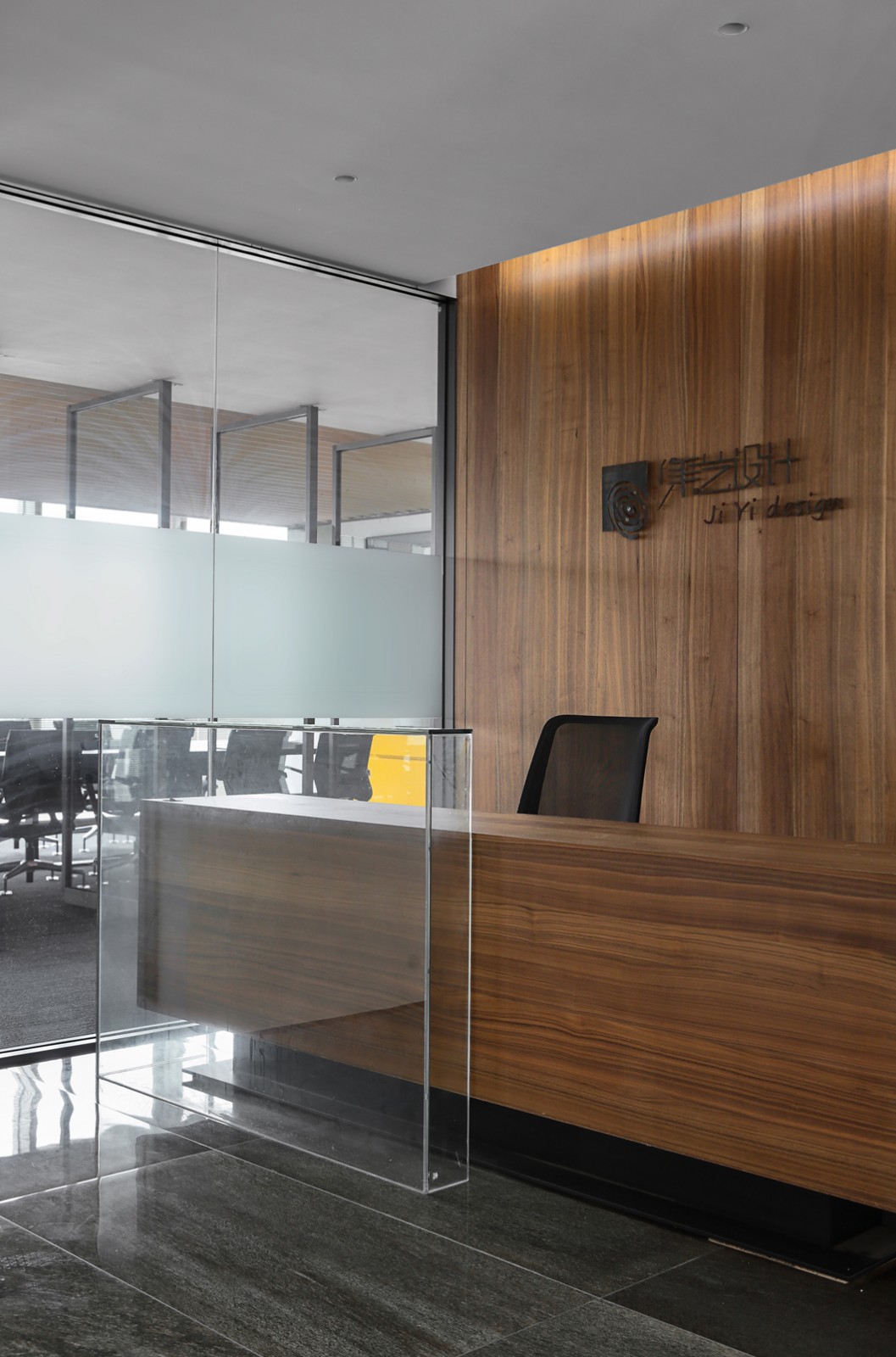Penda Continues to Push Bamboo with Rising Canes at Beijing Design Week
2015-10-02 12:05
来自建筑师:我们的展馆为BJDW,没有使用钉子或螺丝,所有的材料是100%可回收。此外,竹子在这个过程中不会被钻。所有的接头都用绳子绑住,使竹竿不受伤害,安装后再使用。我们看到,我们的项目与“摇篮到摇篮”运动紧密相连,该运动提出了一个全面的经济、工业和社会框架,旨在创建无浪费、自给自足的系统。
From the architect: For our Pavilion for the BJDW, no nails or screws were used and all materials are 100% recyclable. Furthermore the Bamboo does not get drilled in the process. All joints are tied with ropes, leaving bamboo canes unharmed to be reused after the installation. We see our project strongly connected to the ‘Cradle to Cradle’ movement, which proposes a holistic economic, industrial and social framework that seeks to create waste-free, self-sufficient systems.
在BJDW期间,游客将把植物种子放入篮子中,连接到展馆。植物将沿着结构生长,过了一段时间,自然将成为主要的设计元素,建筑的第二元素。
During the BJDW, visitors will seed plants into baskets to be connected to the pavilion. The plants will grow along the structure and after some time, nature will be the main design-element, the architecture secondary.
Development of Installation Over Time. Image Courtesy of Penda
在未来十年里,崛起的拐杖将扩展到一个可行的替代现行标准的建筑。在一个智能的模块化系统中使用竹子这样的天然材料,给了这个结构在各个方向生长的自由。通过增加和连接新竹竿,结构变得更加坚固,能够承受更多的负荷。为了确保稳定的建筑材料供应,我们种植了一片邻近的竹林。每一根竹竿作为建筑材料,必须在森林中种植两棵新树。这种方法从长远来看确保了建筑元素的安全,并围绕着开发创造了一个美丽的竹林。
Over the next ten years, Rising Canes will expand to a viable alternative to current standards in construction. The use of natural materials like bamboo in a smart, modular system, gives the structure the freedom to grow in every direction. By adding and connecting new bamboo canes, the structure grows and becomes stronger, able to take on more loads. To ensure a steady building material supply, a neighbouring bamboo grove is planted. For each culm of bamboo taken as a construction material, 2 new trees must be planted to the forest. This approach secures building elements in the long run and creates a beautiful bamboo forest surrounding the development.
Speculation of Future Developments. Image Courtesy of Penda
Speculation of Future Developments. Image Courtesy of Penda
从BJDW的一个小结构开始,将各个元素传递到另一个站点以扩展其大小。安吉县是世界上最大的竹子出口地区,该系统在前9个月内可供20个家庭居住。随着居民人数的不断增加,该结构得以扩展,以容纳多个公共空间、桥梁,甚至是浮动结构。到2023年,竹子开发将扩展到城市布局,容纳2万人口和250英亩的周围竹林。
Starting with a small structure for the BJDW, the individual elements are delivered to another site to expand its size. Located in Anji County, the largest export region for bamboo in the world, the system can grow to a habitat for 20 families within the first 9 months. As the number of inhabitants keeps growing, the structure is extended to accommodate multiple communal spaces, bridges and even floating structures. By 2023 the bamboo development is extended to an urban configuration, which houses a population of 20,000 people and a surrounding bamboo grove of 250 acres.
Speculation of Future Developments. Image Courtesy of Penda
Speculation of Future Developments. Image Courtesy of Penda
通过这一耐心和自然的扩展,该项目描述了一种真正的生态增长方法,它不会对周围环境和建筑材料本身造成任何损害,因此是对目前建设过程中的一种传统方法的反动。
With this patient and natural expansion, the project describes a true ecological approach to growth, which leaves no harm on the surrounding environment nor on the building material itself and is therefore a counter-movement to a conventional way of the present construction process.
Speculation of Future Developments. Image Courtesy of Penda
阅读更多关于北京设计周的资料,这里将展出“升起的枝条”。
Read more about Beijing Design Week, where Rising Canes will be exhibited, here.
建筑师Penda Location 751 Power Square,4酒仙桥路,朝阳区,北京市,中国,100015级可持续发展设计团队克里斯·普雷赫特,大阳,谢嘉丽,维特·伯巴赫,白雪,泉和,李鹏冲,李方明,孙雪雪,安娜·安多诺娃2015年年度项目照片夏志,华苏
Architects Penda Location 751 Power Square, 4 酒仙桥路, Chaoyang Qu, Beijing Shi, China, 100015 Category Sustainability Design Team Chris Precht, Dayong Sun, Kerry Xie, Veit Burgbacher, Bai Xue, Quan He, Li Pengchong, Frank Li, Snow Sun, Anna Andronova Project Year 2015 Photographs Xia Zhi, Hua Su
 举报
举报
别默默的看了,快登录帮我评论一下吧!:)
注册
登录
更多评论
相关文章
-

描边风设计中,最容易犯的8种问题分析
2018年走过了四分之一,LOGO设计趋势也清晰了LOGO设计
-

描边风设计中,最容易犯的8种问题分析
2018年走过了四分之一,LOGO设计趋势也清晰了LOGO设计
-

描边风设计中,最容易犯的8种问题分析
2018年走过了四分之一,LOGO设计趋势也清晰了LOGO设计
.jpg)

.jpg)

.jpg)

.jpg)

.jpg)

.jpg)

.jpg)

.jpg)

.jpg)

.jpg)

.jpg)

.jpg)

.jpg)

.jpg)

.jpg)

.jpg)

.jpg)

.jpg)

.jpg)

.jpg)

.jpg)

.jpg)

.jpg)

.jpg)

.jpg)

.jpg)

.jpg)

.jpg)

.jpg)

.jpg)

.jpg)

.jpg)

.jpg)

.jpg)

.jpg)

.jpg)

.jpg)

.jpg)

.jpg)

.jpg)

.jpg)

.jpg)

.jpg)

.jpg)

























